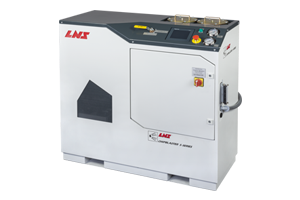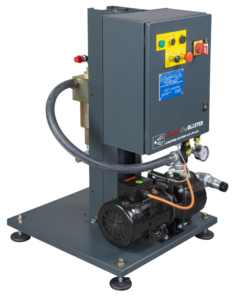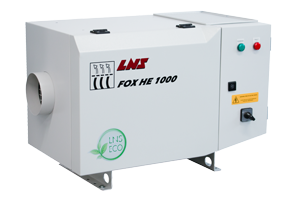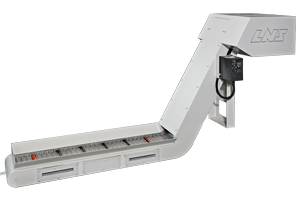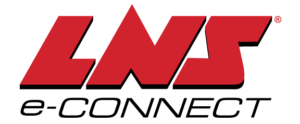PROCESS PLANNING AND RELIABLE EQUIPMENT ARE KEYS TO SUCCESSFUL LIGHTS-OUT OR UNATTENDED PRODUCTION
For many metalworking manufacturers, unattended overnight production reduces cost-per-part, enabling them to compete better in a challenging global economy. Once only feasible for large, high-volume producers, today’s technological advances and proper planning and implementation allow virtually any CNC facility to enjoy the benefits of lights-out production.
Successful, worry-free lights-out production requires two essential elements: (1) well-thought-out planning and (2) reliable equipment supported by competent suppliers.




